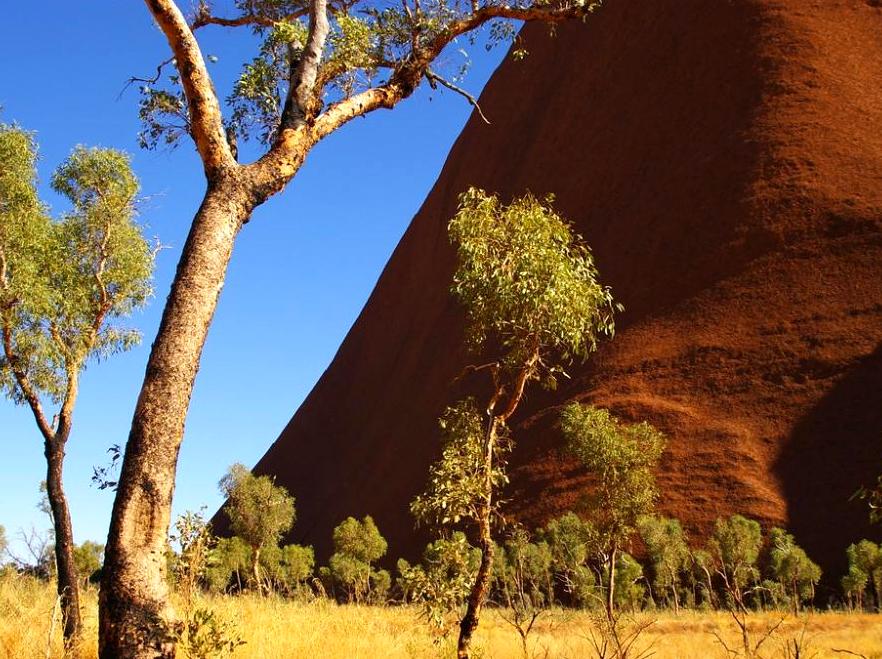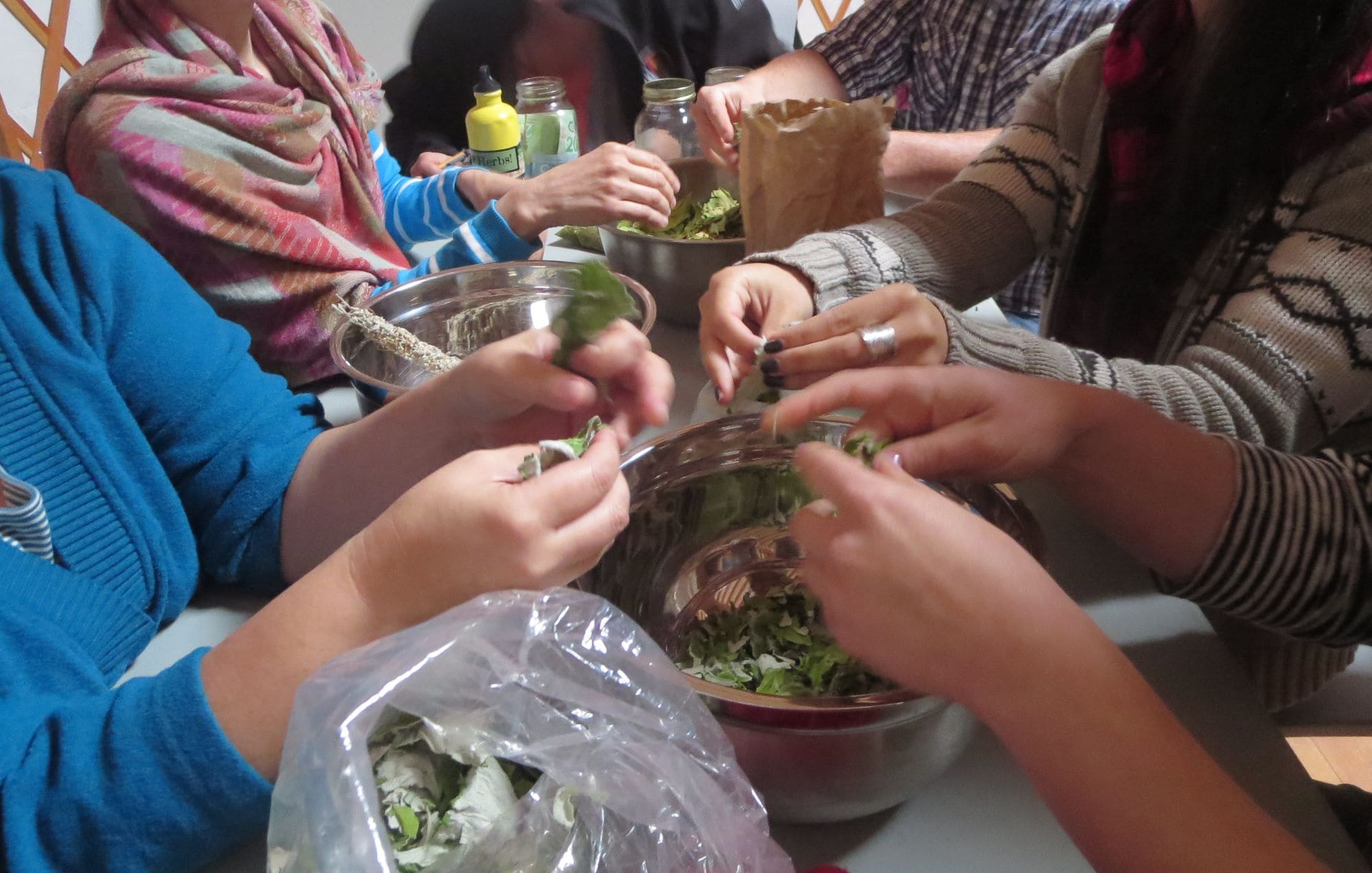Located in the heart of Kakadu National Park, Giyamungkurr (Black Rock) Station is a vivid representation of Australia’s rich cultural and historical tapestry. This iconic station is highly significant due to its deep roots in Indigenous heritage and cattle farming industry. Understanding Giyamungkurr provides valuable insights into the broader context of historic stations in the region. Visitors can connect with the legacy of the land, while local communities continue to uphold their traditions. In this article, we will explore the historical significance of Giyamungkurr Station, its current operations, and how it plays a role in eco-tourism today. Through discussions of preservation efforts and comparisons with other historic stations, we will highlight the importance of this remarkable site.
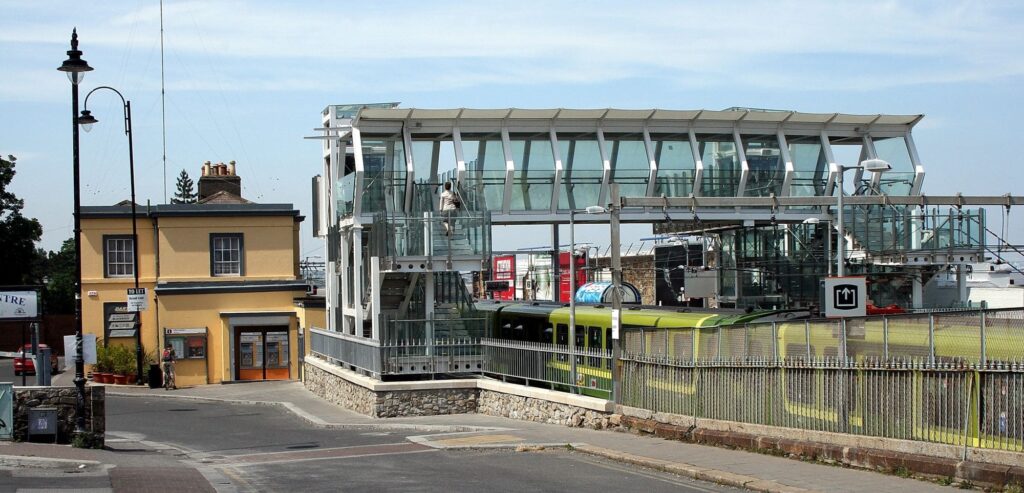
The Historical Significance of Giyamungkurr Station
Early Beginnings
Giyamungkurr Station has a history that stretches back to its establishment in the early 20th century. Originally set up for grazing purposes, it has been shaped by various key figures who played pivotal roles in its development. These early settlers faced unique challenges such as harsh climates and adapting to local ecosystems. The station’s growth was facilitated by its proximity to essential resources like water and grazing land. Additionally, significant events throughout the decades have left an indelible mark on the station’s evolution. Today, remnants of these early beginnings are still visible, serving as a window into the past for visitors.
Indigenous Heritage
The Aboriginal people are traditional owners of lands around Giyamungkurr Station who have lived here for thousands years ago. Their connection to this region runs deep as their stories, traditions and cultural practices have been passed down through generations. Many Indigenous communities actively engage in preserving their cultural heritage and share their knowledge with visitors. Visitors to Giyamungkurr Station are often invited to learn about local customs, art, and storytelling, enriching their experience and understanding of the area’s significance. The ongoing dialogue between Indigenous communities and local stakeholders plays an important role in fostering mutual respect and cultural awareness.
Cattle Farming Era
The shift to cattle farming at Giyamungkurr Station marked a significant change in its operations and the landscape. As settlers introduced cattle grazing, it brought with it a mix of opportunity and challenge. The station flourished as a hub for cattle farming, contributing to the local economy and establishing connections to broader markets. The practices utilized during this era included rotational grazing and sustainable land management, which were essential in maintaining the delicate balance between farming and the environment. Furthermore, the impact of these farming techniques on the natural ecosystem and local wildlife has been a subject of study and importance for current operators. Understanding the transition from Indigenous land stewardship to pastoral practices highlights the complex history of Giyamungkurr Station.
Giyamungkurr Station Today

Current Operations
Today, Giyamungkurr Station continues to operate as a working cattle station while incorporating modern practices that respect traditional methods. This blend of old and new creates a unique environment where sustainability and innovation coexist. Visitors can experience firsthand how the station balances its historical roots with contemporary agricultural challenges. Daily operations include cattle management, land care practices, and community engagement programs that highlight the station’s commitment to preserving its cultural and ecological heritage.
Moreover, the station is linked to the local community through employment opportunities. Giyamungkurr Station is a living testament to the agricultural heritage of the region.
Eco-Tourism and Cultural Experience
Visiting Giyamungkurr Station provides tourists with an opportunity to learn about its history and indigenous culture. Eco-tourism programs at the station are designed to educate visitors on sustainable practices and ecological importance of this area. Guided tours, cultural workshops, and immersive experiences that highlight traditional Indigenous knowledge are some of the activities offered. These initiatives help visitors appreciate more deeply the natural beauty and cultural richness of this area. The commitment of this station to eco-tourism not only ensures a sustainable income but also raises awareness and respect for land making it an ideal destination for those who want meaningful travel experiences.
The Broader Context of Kakadu’s Historic Stations
Other Notable Stations
Kakadu National Park has several historic stations including Giyamungkurr (Black Rock) Station each with its own unique story and significance. Other notable stations such as Mardugal Station or Honeymoon Bay Station also reflect on pastoral heritage in this region. However, Giyamungkurr stands out because it has strong links with Indigenous culture and continues to be committed towards sustainability. All these stations contribute towards understanding Kakadu’s complex historical-cultural landscape thereby giving visitors multiple chances to explore pasts that still shape presents.
Preservation Efforts
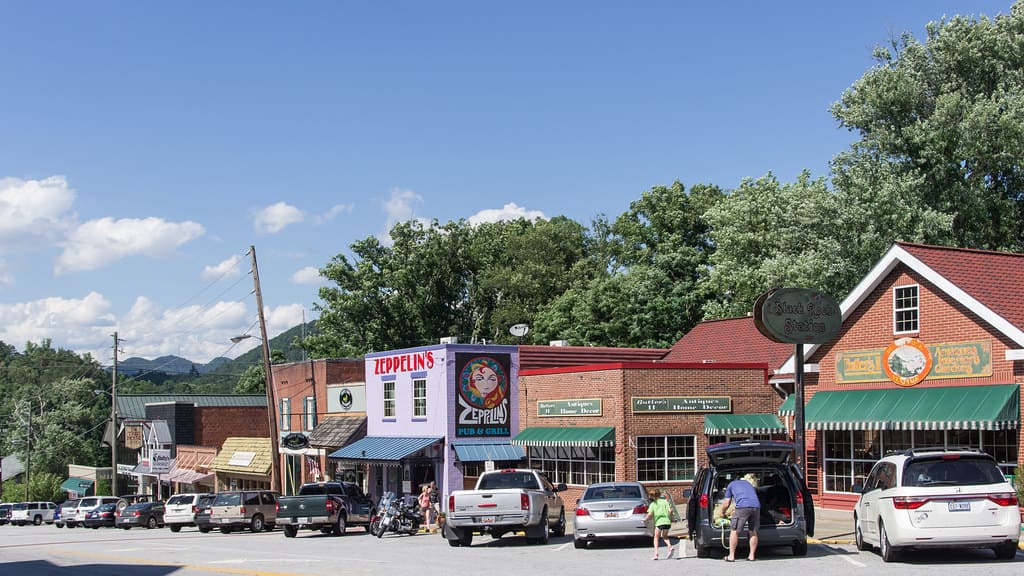
Efforts aimed at preserving the history and culture of Giyamungkurr Station as well as other historic stations in Kakadu continue being important for future generations. Collaborative initiatives between government bodies and local Indigenous communities have played a significant role in these preservation efforts. Strategies may include funding for cultural projects, educational programs, and restoration efforts for buildings and landscapes. These initiatives foster a sense of responsibility toward safeguarding the region’s heritage, ensuring that stories and practices are not lost over time. The collective commitment to preservation reflects a broader understanding of the importance of cultural heritage in Australia’s identity.
| Station Name | Establishment Year | Significance |
|---|---|---|
| Giyamungkurr Station | Early 20th Century | Indigenous heritage, cattle farming |
| Mardugal Station | 1940s | Pioneering pastoral practices |
| Honeymoon Bay Station | Established in the 1800s | Traditional land management |
Conclusion
The story of Giyamungkurr (Black Rock) Station is a tapestry of historical and cultural significance that is essential to understanding the heritage of Kakadu National Park. As we look back at its history and current operations, it becomes clear that this station is more than just a working cattle farm; it represents resilience, adaptability, and respect for the land. Through various eco-tourism initiatives and preservation efforts, Giyamungkurr continues to connect the past with modern practices, ensuring that Indigenous culture and heritage are not only honored but celebrated. Such sites play a critical role in bridging the history with the future, reminding us of the importance of preserving these narratives for generations to come.
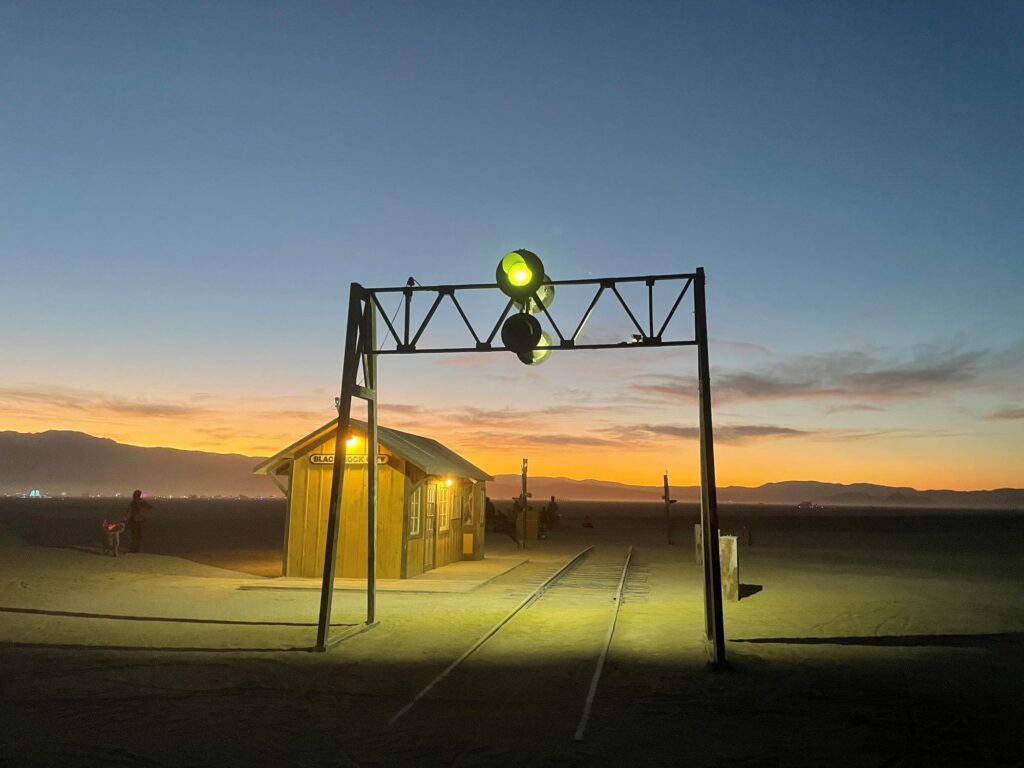
FAQs
- What is Giyamungkurr Station known for?
- Giyamungkurr Station is known for its historical significance related to both Indigenous heritage and its role in cattle farming in the Kakadu region.
- Who are the traditional owners of Giyamungkurr Station?
- Aboriginal communities are the traditional owners of Giyamungkurr Station, and their cultural heritage and stories are inextricably linked to the land.
- Can visitors access Giyamungkurr Station?
- Yes, Giyamungkurr Station provides opportunities for visitors to engage in eco-tourism, cultural activities, and learn about the history of the area.
- How does Giyamungkurr Station contribute to sustainable practices?
- Giyamungkurr Station incorporates traditional practices such as rotational grazing and land management techniques that promote sustainability and biodiversity conservation.
- Are there preservation efforts in place for historic stations in Kakadu?
- Yes, there are active preservation efforts involving both government initiatives and local communities aimed at protecting the cultural and historical significance of stations like Giyamungkurr.


